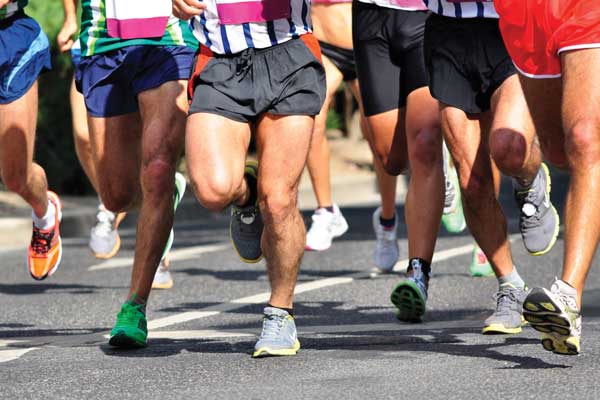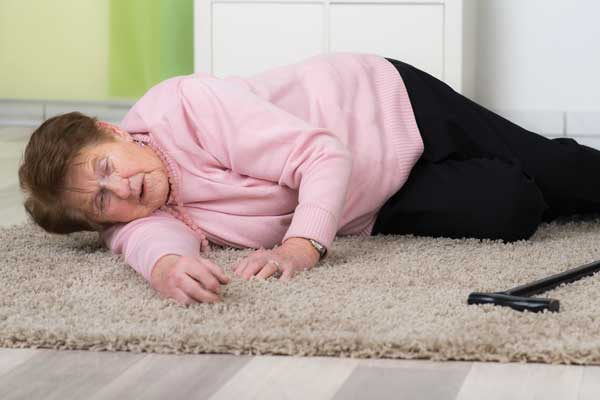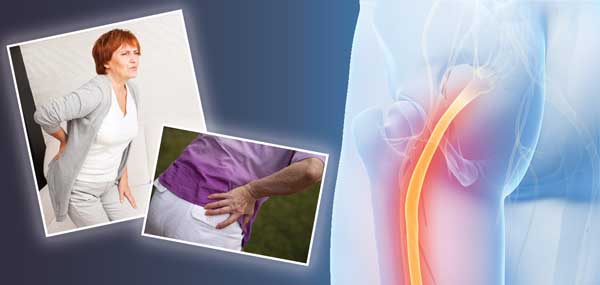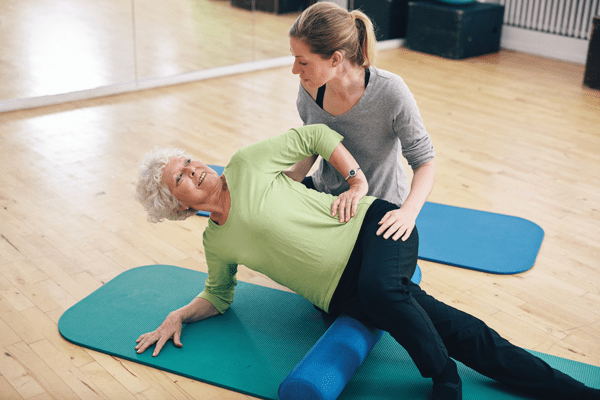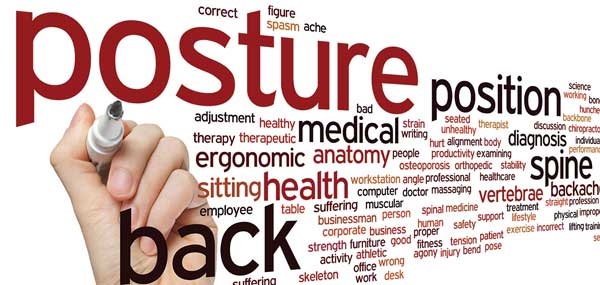
Blog
Health Tips
Pre and Post Natal Physiotherapy
Pregnancy can cause women to undergo many physical changes. Hormonal changes prepare the body physically for birth, causing postural changes and in turn a level of discomfort and stress, that’s different for every women and every pregnancy. Physiotherapists are trained in pre and post natal physiotherapy, specifically designed for your individual needs. Pre and post-natal…
World Spine Day – Walking and Posture
The World Spine Day is October 16th and the theme for 2016 is Straighten Up and Move. Millions of people in all continents of the world suffer with spinal disorders. These can include low back pain, neck pain, scoliosis and disc disease, to name but a few. Spinal pain and disability can have a profound effect…
Iliotibial Band Syndrome
The Iliotibial band is a thick tendon that inserts on the outside of your knee. The function of the Iliotibial band is to help slow movement and torque at your knee during impact. Iliotibial band syndrome is a common cause of knee pain in runners. The cause is repetitive trauma to the Iliotibial band insertion…
Falls Prevention
Falls are an ominous yet very real part of life for people over 65 and many falls can be prevented once the causes are determined. Over 400 risk factors leading to falling have been identified including lack of physical activity resulting in loss of muscle tone, decreased bone mass, poor balance, and reduced flexibility; impaired…
Pain
National Pain Week is 25th -31st of July. Pain, at a physiological level, is stimulation of sensitive nerve endings (nociceptive) either by chemical or mechanical means. This commonly occurs through injury and its purpose is to inform us of tissue damage. The causes of musculoskeletal pain are varied. Muscle tissue can be damaged with the…
Sciatica
Sciatica describes pain felt along the sciatic nerve, which runs from your lower back, down through the buttock, hamstrings and into the lower leg. The sciatic nerve is the longest nerve in the body. Sciatica can be characterised by pain, pins and needles, numbness, and/or weakness in the legs. Commonly pain, pins and needles and numbness…
The Pelvic Floor
The “pelvic floor” refers to a group of muscles that attach to the front, back and sides of the pelvic bone and sacrum (the large fused bone at the bottom of your spine, just above the tailbone). Like a sling or hammock, these muscles support the organs in the pelvis, including the bladder, uterus or…
Preventive Physiotherapy
Preventive health is sometimes an underexposed aspect of the healthcare system. Any program or intervention that can improve your current physical and emotional health will in the long run decrease the possibility of incurring an injury or illness. Many aspects of today’s society are detrimental to our physical health. We live in communities where travel…
Posture and Physiotherapy
Posture is the position in which we hold our bodies while standing, sitting, or lying down. Good posture is the correct alignment of body parts supported by the right amount of muscle tension against gravity. Without posture and the muscles that control it, we would simply fall to the ground. Normally, we do not consciously…
Hamstring Strains
Hamstring strains occur when your hamstrings muscle or tendon is stretched beyond what they can withstand or torn when substantial stretching of the muscle occurs. Hamstring strains are fairly common in sports activities requiring the athlete to forcefully run or jump. A hamstring strain is also called a pulled hamstring or hamstring tear. An inflamed hamstring…


